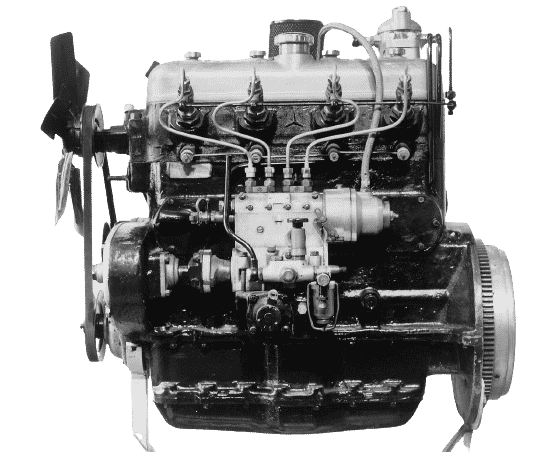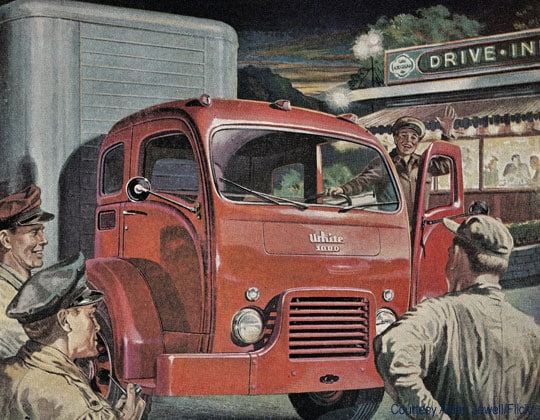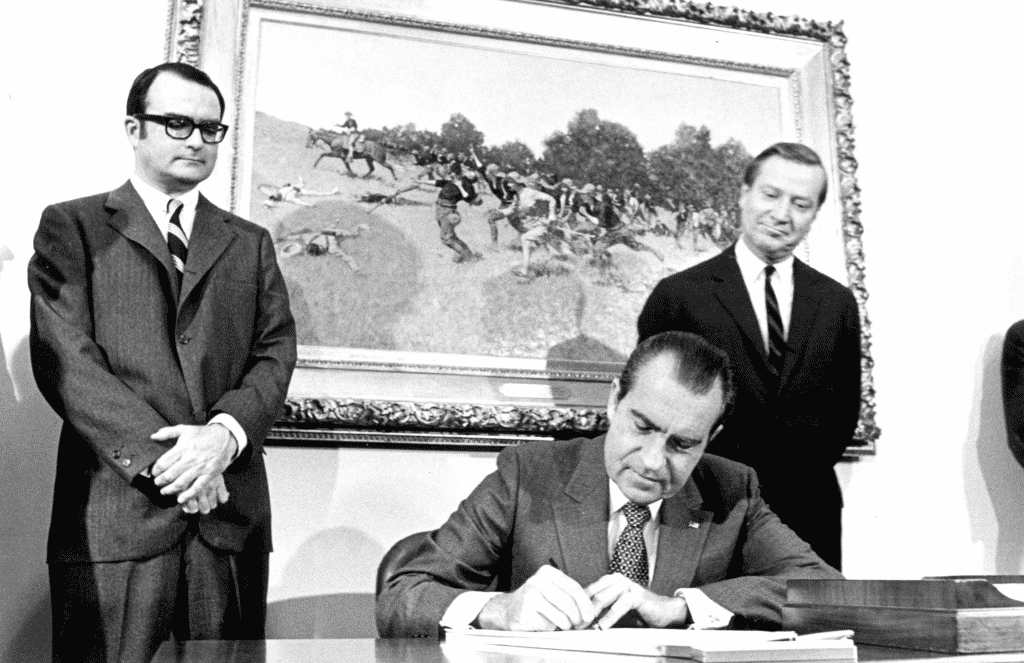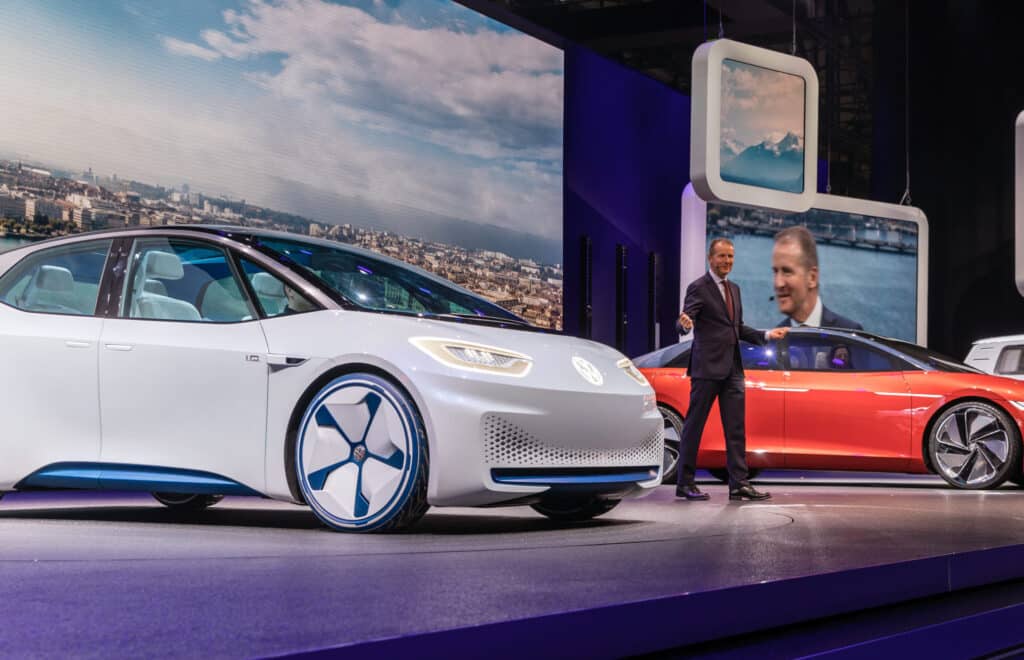Home » The Next 20
Scientists have warned, and policy makers agree, we need to act quickly to reduce the carbon intensity (CO₂ emissions) from our transportation and energy sectors. With more than 2 billion cars, trucks, ships, trains, and powerplants in service today, tremendous changes are required.
Most scientists give us until 2050 to get our carbon emissions under control, and so the US and California are setting regulatory and policy deadlines giving approximately 20 years to make substantial progress. If this seems impossible or radically revolutionary, it’s not.

Rather, it is a continued evolution of a path we have been on since James Watt invented the steam engine in 1760. Imagine how revolutionary his invention seemed at the time.



Since the beginning of the 1970 Clean Air Act, the US EPA (1970) and states like California (CARB, 1967) have adopted increasingly stringent emission standards. Every time tighter regulations were called for, industry stood up and met the challenge.

So, as we stand here looking at the daunting challenge of transforming our automobile industry
Based on what we’ve been able to accomplish over the last few hundred years, and what we’ve seen just in our lifetimes, we will prevail. As technologists, scientists, and engineers we rise to the challenge. We can’t wait to see what comes next in transportation and energy, and we can’t wait to be part of “The next 20 years.”
The California Air Resources Board (CARB) has set a goal. We have just over 20 years become a zero-emissions industry. And even though we have been working hard to have cleaner cars for the past 40 years, the next 20 will be the big, hard push. 44 Energy is proud to lend our expertise. To help find the best ways forward. To learn together. To make things better for future generations.
©2024 44 Energy LLC | Site by BKW
44 Energy Technologies®